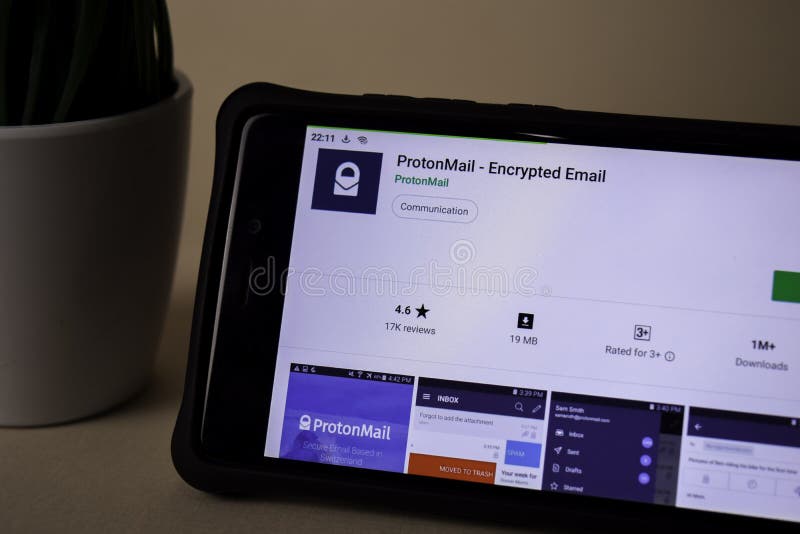
When your message is composed, simply tap the "Encrypt for Outside" button (the lock icon) underneath the subject line, then set a password and confirm it. To start, open a new draft in your ProtonMail app for Android or iPhone, then fill it out like normal. Sending Secure Emails to Non-ProtonMail Users When they open it, they would input the key (password) to decipher the message locally on their computer.īefore diving right in, note that all messages sent with end-to-end encryption to non-ProtonMail users will expire after 28 days whether they were read or not. After the encrypted message is sent, the recipient then receives a link to open the message. In ProtonMail's symmetric-key encryption, the sender would turn the message into ciphertext using a custom key (password) which is either shared or already known by the recipient. Not good, and that's why ProtonMail offers a way to offer end-to-end encrypted messages for outside email addresses using symmetric cryptography.ĭon't Miss: How to Change Your Display Name That Shows Up in Emails Most do support it, so that's a good thing, but this also means that those services will be able to read the messages.


When sending emails to somebody that's not using ProtonMail, messages are encrypted with TLS, but only if the other email service supports it. All of this is done automatically with no work from the users. The sender uses the recipient's public key to encrypt the message, then the recipient decrypts the message with his/her private key.

Best of all, they won't even have to install any other apps or extensions to read or reply to the messages.īy default, emails sent from one ProtonMail user to another use asymmetric cryptography to provide end-to-end encryption. It can be hard to get all of your friends, family, coworkers, and acquaintances to jump on board with the more-secure email system ProtonMail, but that doesn't mean you can't still send them encrypted emails.


 0 kommentar(er)
0 kommentar(er)
